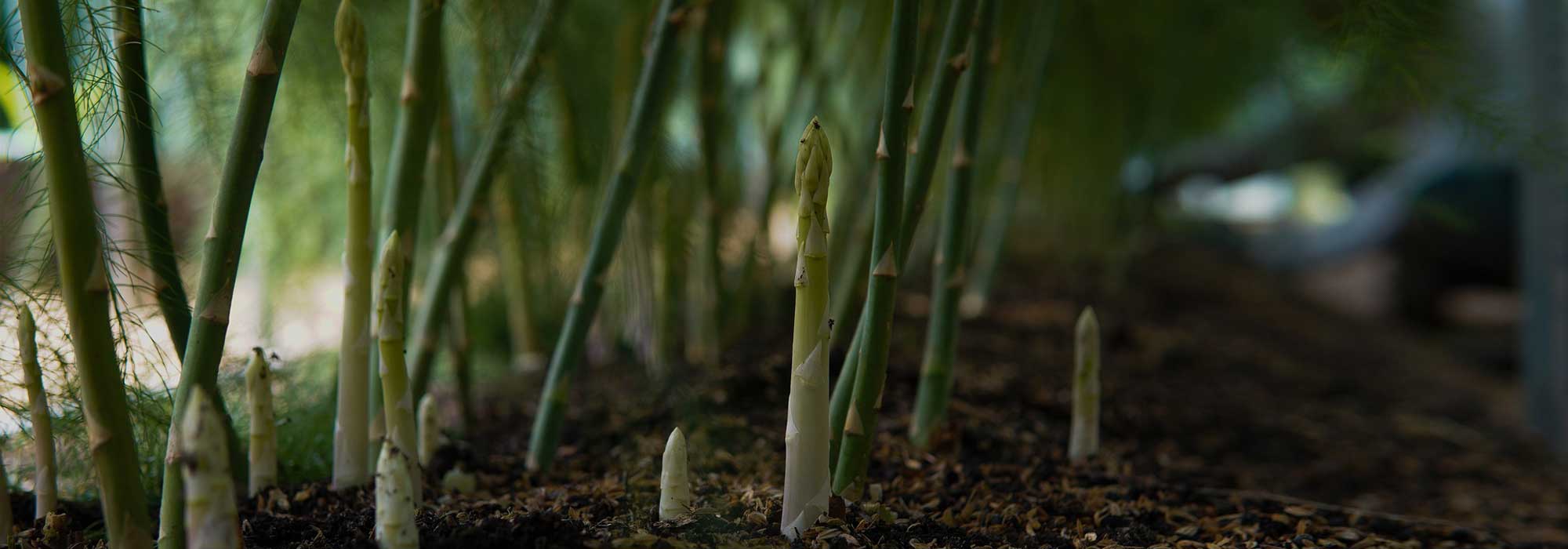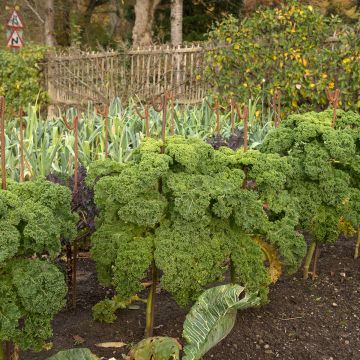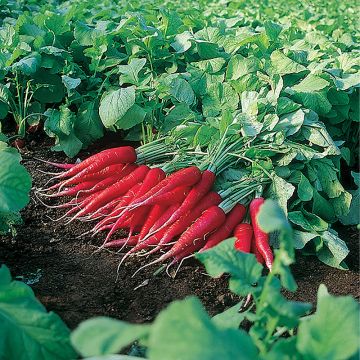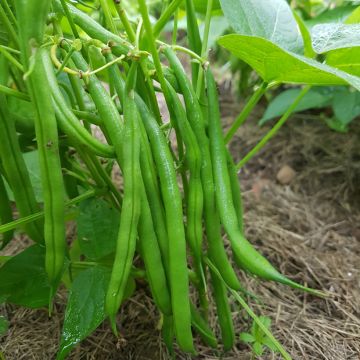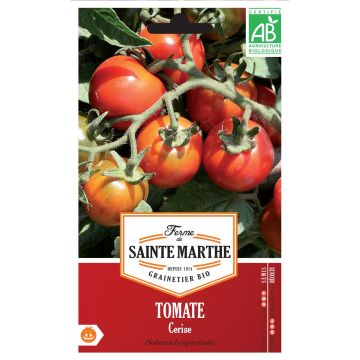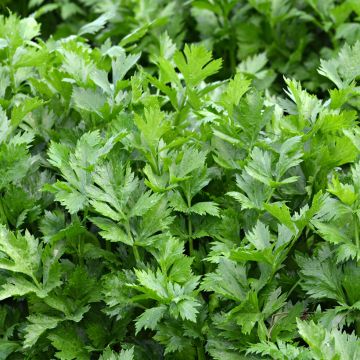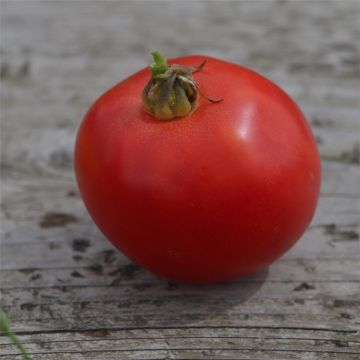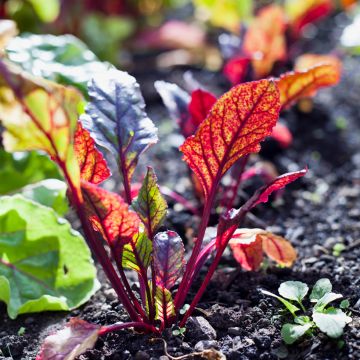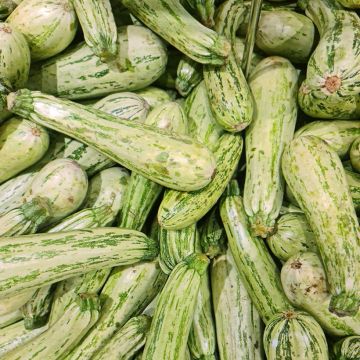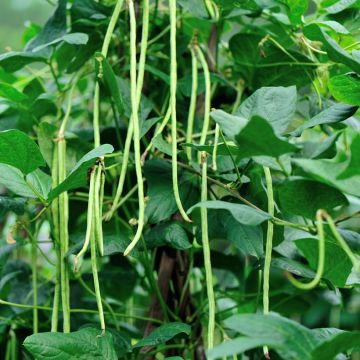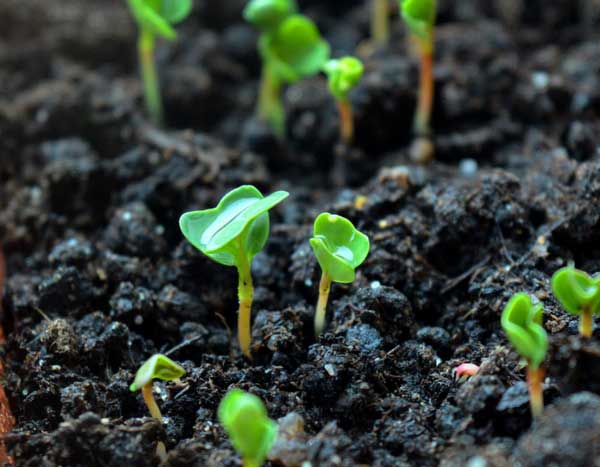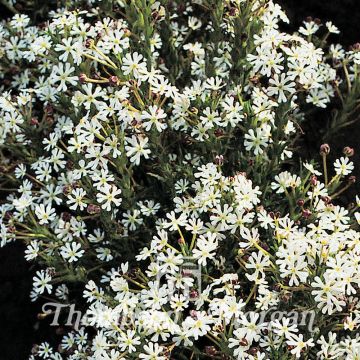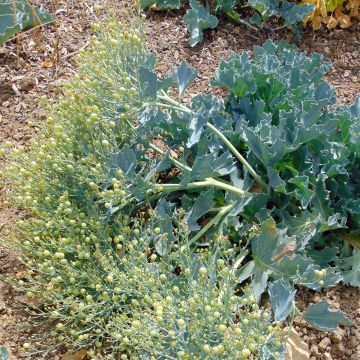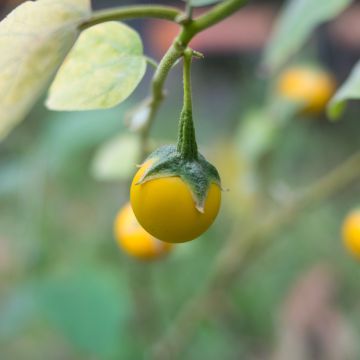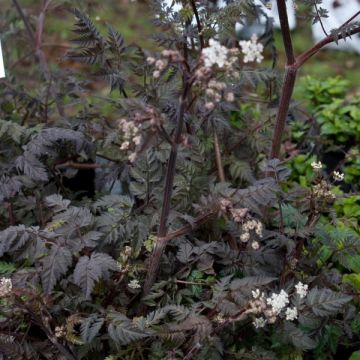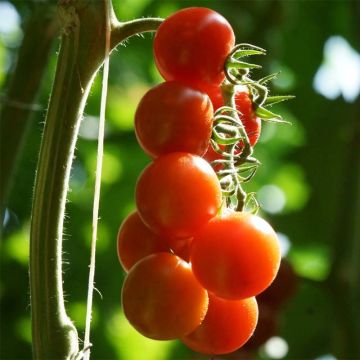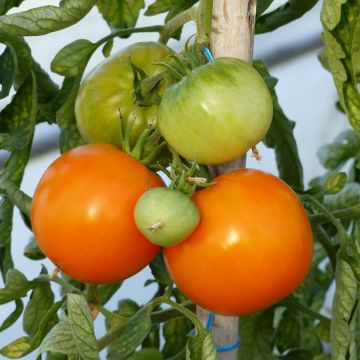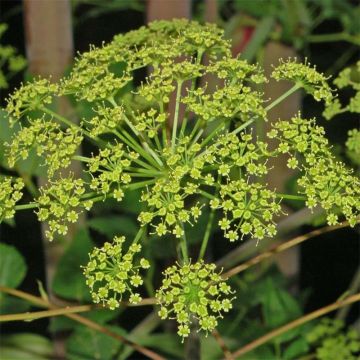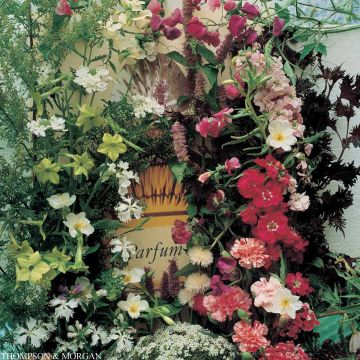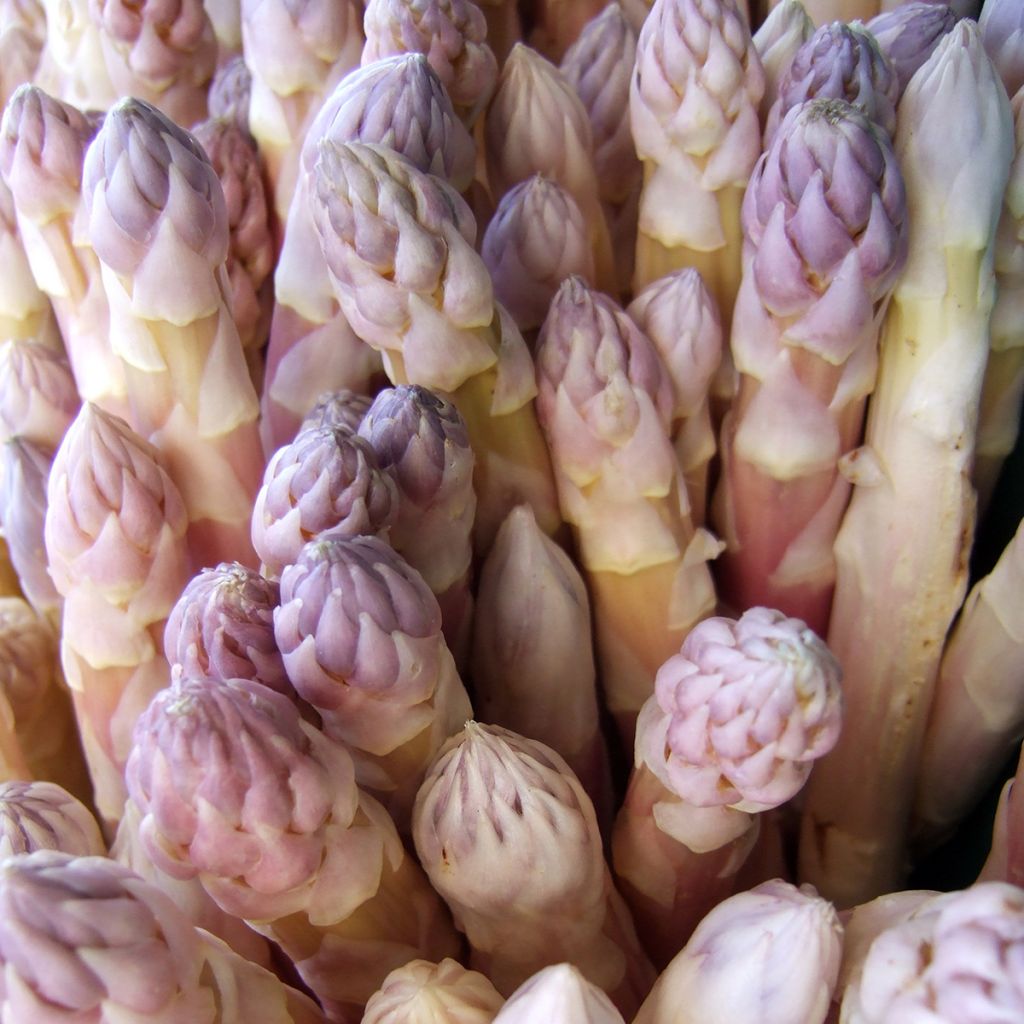

Asperge Argenteuil en graines - Asparagus officinalis
Asparagus Early Argenteuil Seeds
Asparagus officinalis Argenteuil
Sparrow grass, Aspergy, Garden Asparagus
Special offer!
Receive a €20 voucher for any order over €90 (excluding delivery costs, credit notes, and plastic-free options)!
1- Add your favorite plants to your cart.
2- Once you have reached €90, confirm your order (you can even choose the delivery date!).
3- As soon as your order is shipped, you will receive an email containing your voucher code, valid for 3 months (90 days).
Your voucher is unique and can only be used once, for any order with a minimum value of €20, excluding delivery costs.
Can be combined with other current offers, non-divisible and non-refundable.
Home or relay delivery (depending on size and destination)
Schedule delivery date,
and select date in basket
This plant carries a 6 months recovery warranty
More information
We guarantee the quality of our plants for a full growing cycle, and will replace at our expense any plant that fails to recover under normal climatic and planting conditions.
Description
'Argenteuil' asparagus is a perennial, herbaceous plant often used as a biennial or even triennial. This rhizomatous plant is cultivated for its edible young shoots.
Asparagus has very ramified, fleshy roots called "crowns". Every year, new shoots emerge from the rhizomes. If left to grow, they will become long, 1.5 m high stems covered in fine, bushy foliage.
Stem length and colour depend on the variety and the amount of sunlight the young stems get before they are harvested. Colours range from white, to purple or green. Shoots that are very young or buried in soil tend to be whiter and thinner. ‘Argenteuil’ produces rather long, large, white shoots.
Asparagus flowers are small and yellow. Asparagus is a dioecious species; male plants produce sterile fruits and female plants produce red berries.
Asparagus is related to garlic and onion and is rich in vitamins A, B9, PP, phosphorus and manganese. It contains asparagine and asparagusic acid (sulphur compounds) that can make urine smell rather potent. Asparagus also has diuretic, depurative and laxative properties.
Harvesting: in the spring of the 2nd or 3rd year, only about 1 to 2 asparagus shoots can be harvested per plant. By the 4th year, the plants are ready to be harvested as normal. Harvest asparagus by snapping off or cutting off the young shoots with a knife, being careful not to damage the roots.
Preservation: Asparagus shoots can be stored in the refrigerator by wrapping them in a damp cloth. It is best to eat them quickly. They can also be stored like carrots in sand, in a cool, dry place.
Useful tip: for longer shoots, plant your asparagus in long mounds of soil, about 50 to 60 cm wide and 20 cm high.
Harvest
Plant habit
Foliage
Botanical data
Asparagus
officinalis
Argenteuil
Asparagaceae
Sparrow grass, Aspergy, Garden Asparagus
Central Europe
Perennial
Other Vegetable seeds from A to Z
View all →Planting and care
Sowing:
If possible, prepare the soil in the autumn by digging trenches, 20 to 25 cm deep and about 40 cm wide. Leave about 1.20 m to 1.50 m between each trench. Loosen the soil at the bottom of the trenches then add compost and fertilizer.
Make a small soil mound (a few cm) at the bottom of the trench and install your asparagus crowns on top. Mark the spot, then cover with loose, light soil - about 10 cm the first year. The following year, level the trench by adding soil.
Care:
Ridge the plants in March. In late autumn, remove all dried stems, add compost and ridge if necessary.
Multiplication: Divide established crowns and replant in new trenches, one every 50 cm.
Seedlings
Care
Intended location
Planting & care advice
-
, onOrder confirmed
Reply from on Promesse de fleurs
Similar products
Haven't found what you were looking for?
Hardiness is the lowest winter temperature a plant can endure without suffering serious damage or even dying. However, hardiness is affected by location (a sheltered area, such as a patio), protection (winter cover) and soil type (hardiness is improved by well-drained soil).

Photo Sharing Terms & Conditions
In order to encourage gardeners to interact and share their experiences, Promesse de fleurs offers various media enabling content to be uploaded onto its Site - in particular via the ‘Photo sharing’ module.
The User agrees to refrain from:
- Posting any content that is illegal, prejudicial, insulting, racist, inciteful to hatred, revisionist, contrary to public decency, that infringes on privacy or on the privacy rights of third parties, in particular the publicity rights of persons and goods, intellectual property rights, or the right to privacy.
- Submitting content on behalf of a third party;
- Impersonate the identity of a third party and/or publish any personal information about a third party;
In general, the User undertakes to refrain from any unethical behaviour.
All Content (in particular text, comments, files, images, photos, videos, creative works, etc.), which may be subject to property or intellectual property rights, image or other private rights, shall remain the property of the User, subject to the limited rights granted by the terms of the licence granted by Promesse de fleurs as stated below. Users are at liberty to publish or not to publish such Content on the Site, notably via the ‘Photo Sharing’ facility, and accept that this Content shall be made public and freely accessible, notably on the Internet.
Users further acknowledge, undertake to have ,and guarantee that they hold all necessary rights and permissions to publish such material on the Site, in particular with regard to the legislation in force pertaining to any privacy, property, intellectual property, image, or contractual rights, or rights of any other nature. By publishing such Content on the Site, Users acknowledge accepting full liability as publishers of the Content within the meaning of the law, and grant Promesse de fleurs, free of charge, an inclusive, worldwide licence for the said Content for the entire duration of its publication, including all reproduction, representation, up/downloading, displaying, performing, transmission, and storage rights.
Users also grant permission for their name to be linked to the Content and accept that this link may not always be made available.
By engaging in posting material, Users consent to their Content becoming automatically accessible on the Internet, in particular on other sites and/or blogs and/or web pages of the Promesse de fleurs site, including in particular social pages and the Promesse de fleurs catalogue.
Users may secure the removal of entrusted content free of charge by issuing a simple request via our contact form.
The flowering period indicated on our website applies to countries and regions located in USDA zone 8 (France, the United Kingdom, Ireland, the Netherlands, etc.)
It will vary according to where you live:
- In zones 9 to 10 (Italy, Spain, Greece, etc.), flowering will occur about 2 to 4 weeks earlier.
- In zones 6 to 7 (Germany, Poland, Slovenia, and lower mountainous regions), flowering will be delayed by 2 to 3 weeks.
- In zone 5 (Central Europe, Scandinavia), blooming will be delayed by 3 to 5 weeks.
In temperate climates, pruning of spring-flowering shrubs (forsythia, spireas, etc.) should be done just after flowering.
Pruning of summer-flowering shrubs (Indian Lilac, Perovskia, etc.) can be done in winter or spring.
In cold regions as well as with frost-sensitive plants, avoid pruning too early when severe frosts may still occur.
The planting period indicated on our website applies to countries and regions located in USDA zone 8 (France, United Kingdom, Ireland, Netherlands).
It will vary according to where you live:
- In Mediterranean zones (Marseille, Madrid, Milan, etc.), autumn and winter are the best planting periods.
- In continental zones (Strasbourg, Munich, Vienna, etc.), delay planting by 2 to 3 weeks in spring and bring it forward by 2 to 4 weeks in autumn.
- In mountainous regions (the Alps, Pyrenees, Carpathians, etc.), it is best to plant in late spring (May-June) or late summer (August-September).
The harvesting period indicated on our website applies to countries and regions in USDA zone 8 (France, England, Ireland, the Netherlands).
In colder areas (Scandinavia, Poland, Austria...) fruit and vegetable harvests are likely to be delayed by 3-4 weeks.
In warmer areas (Italy, Spain, Greece, etc.), harvesting will probably take place earlier, depending on weather conditions.
The sowing periods indicated on our website apply to countries and regions within USDA Zone 8 (France, UK, Ireland, Netherlands).
In colder areas (Scandinavia, Poland, Austria...), delay any outdoor sowing by 3-4 weeks, or sow under glass.
In warmer climes (Italy, Spain, Greece, etc.), bring outdoor sowing forward by a few weeks.






























